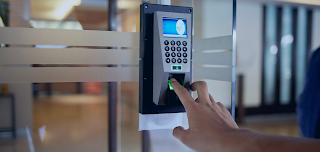RBAC - Benefits and Practices

Role-based access control is a security system that restricts network access based on the person's role /position in an organization. The access to the network is divided into levels on the basis of employees who can access the network. It has become one of the most important methods of advanced access control. In a role-based access control system, employees are only allowed to access the information which is necessary for them to perform their tasks efficiently. Access granted to individuals is based on many factors, like - authority, responsibility, and job competency. Not just this but a role-based access control system also allows restriction to computer resources as well, which can limit a person to specific tasks such as view, create, or modify a file. Let’s have a look at the practices and benefits of RBAC. PRACTICES: If you are looking forward to introducing a role-based access control system to your firm, then please make sure it should not happen without a thoughtf...



